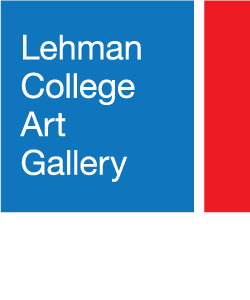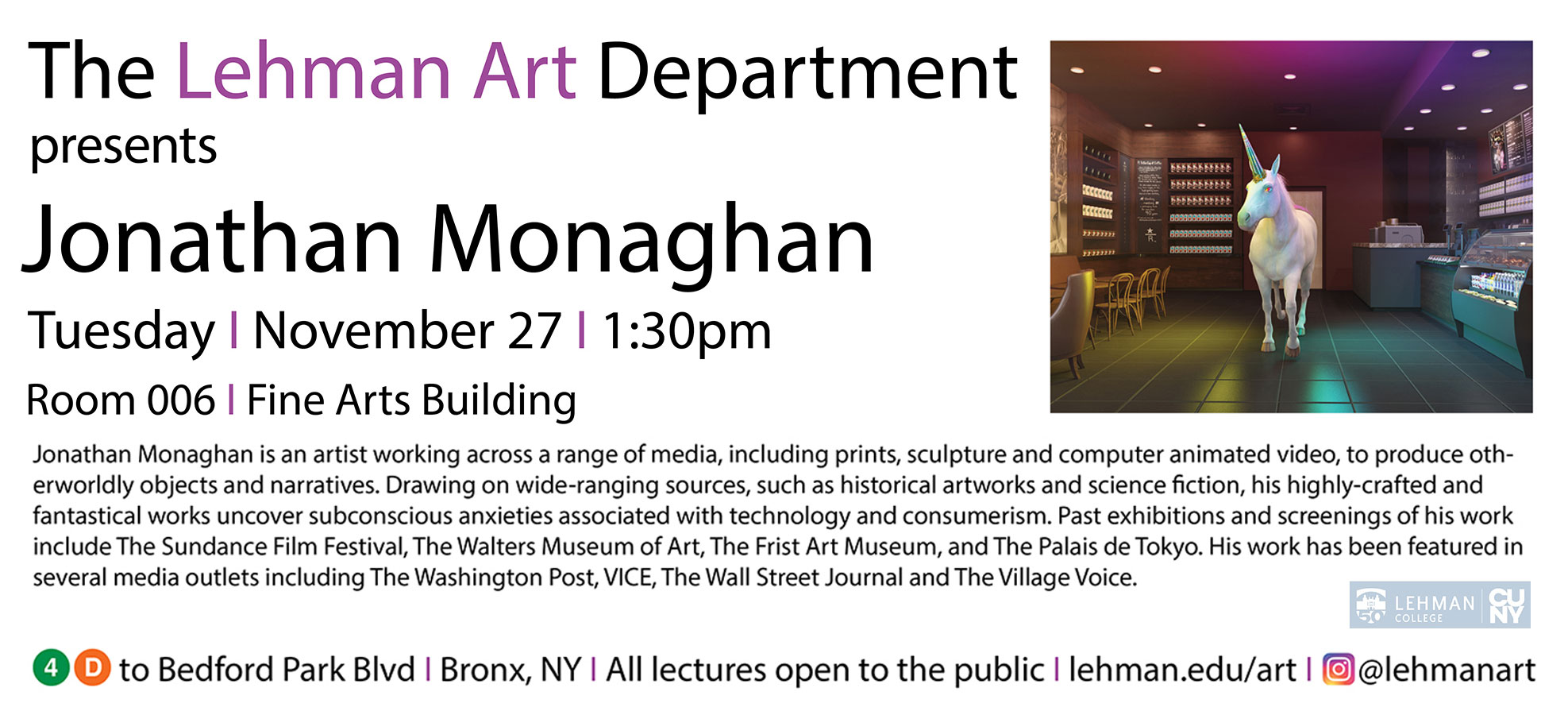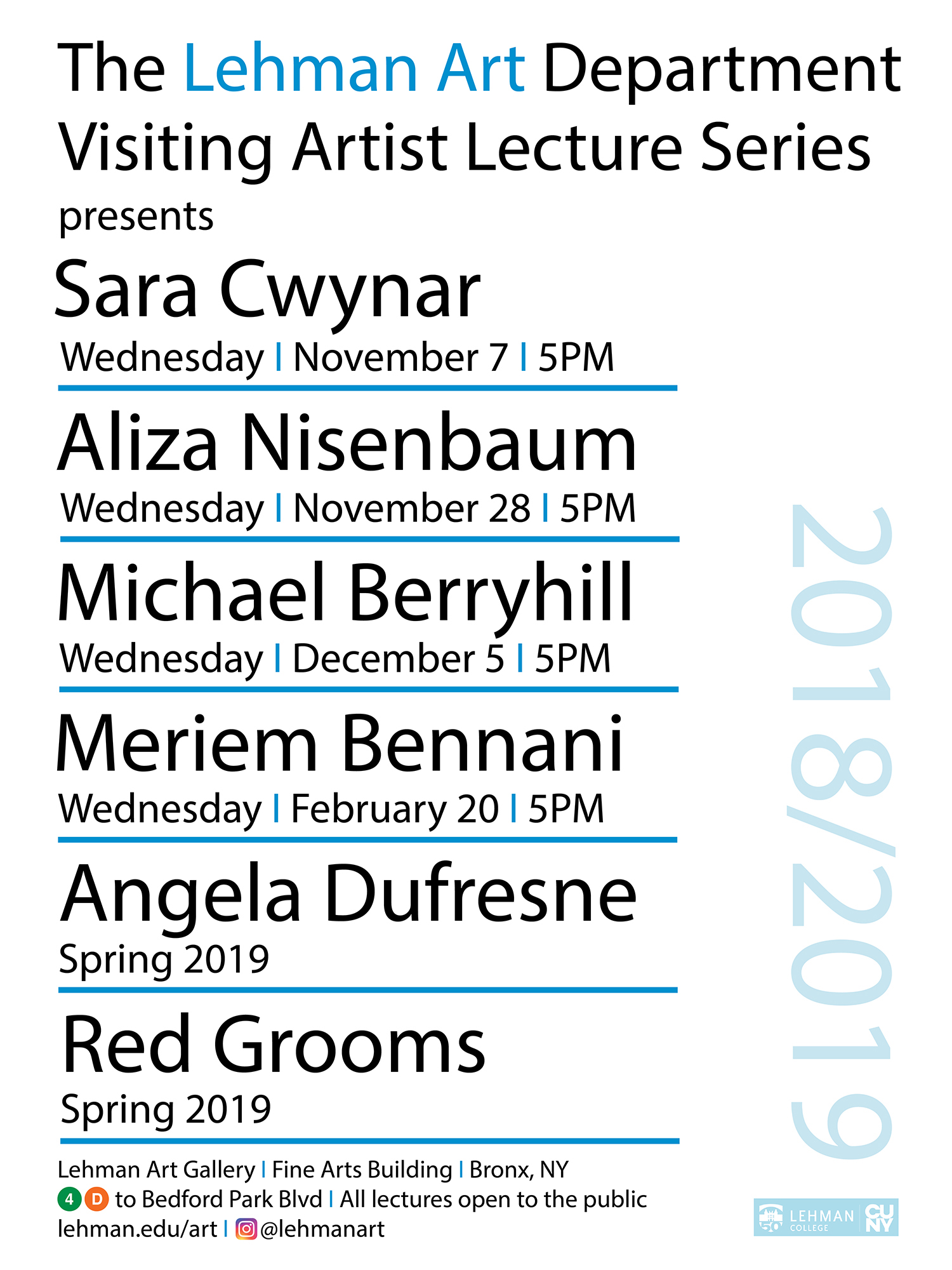Tony Bechara
Grand Canyon
Tony Bechara’s paintings are dynamic fields set into motion by the interaction of color. For more than thirty years Bechara has explored the optics of light and the perception of color through geometric abstraction that is formalist and conceptual. Over that time his work has evolved within the structured format of a grid, using a system that while analytic and precise, incorporates chance.
Exploring a dialectic of determined forms and random possibilities, Bechara’s process is partially blind and full of dichotomies and seeming contradictions. The work is at once prescribed and intuitive, rigorous and whimsical. There is a restrained order, yet it is open to excess. And while Bechara’s method is based on a rigid geometry, the effect is often organic in terms of the shapes and patterns that arise as aggregated colors fuse.
Bechara’s process begins with the grid. Using masking tape strips, he creates a surface of small 1/4″ squares of paint reminiscent of the tessera of a mosaic or the pixels of a digital image. Colors are added stroke by stroke, row by row. In the works in this exhibition, his palette is limited to thirty-six to forty primary and secondary colors or achromatic blacks, whites, and grays. The tapes are moved four times for each axis, and in the process, cover some of the existing hues. This part of the procedure opens the system to fortuitous accidents, turning a controlled procedure into one with chance juxtapositions of color. The saturated acrylic colors catch and reflect the light. They shift and intensify in relation to adjacent colors, form after-images, and the surface comes to life, flickering and pulsating with an illusion of motion. It is a kinetic effect that takes place in the eye and the mind.
Bechara began working with systems and grids in the mid-70s, in part in reaction to the emotionalism and lack of restraint in the art of the period and the cultural times in general. He began showing his work during the rise of the Pattern and Decoration movement, a group of artists known for confronting the Modernist bias against decoration, as well as their re-invigoration of the minimalist grid and cross-cultural borrowings. Both Bechara and artists connected to the P&D movement found inspiration in Byzantine and Islamic sources — particularly in the patterns of the mosaics, tiles, and rugs — and Bechara exhibited in some of the P&D exhibitions in Europe.
The influences that have shaped Bechara’s work are broad and sometimes unexpected. He draws on artists whose work has a direct relationship as well as those who are less obvious sources. The Pointillists and Impressionists, whose attempts to capture the experience of light revolutionized painting, are important precursors, as are the optical experiments of Bridget Riley and Joseph Albers, and the Latin American kinetic artists Jesús Rafael Soto and Carlos Cruz-Diez. But Bechara also notes the structure of Giotto’s colors and Paul Klee’s compositions as influences and sees the morphology of Johann Sebastian Bach’s musical compositions as an analogous form.
The large-scale triptych Grand Canyon lends its title to the Lehman exhibition. Standing before it, one is taken by its sense of expansive space and the shifting undulations of light. Each panel is different, yet in each, the tones darken along the vertical borders of the canvas creating segments within the patterning, which in this series is an overall effect. It is a contemplative panorama in a range of almost black to almost white through myriad grays. Bechara’s titles are evocative and metaphorical rather than literal, intended to amplify the experience after the initial visual/retinal effect. In this case, the title recalls the memory of the light and air of the Grand Canyon, its vast scale and landscape. It is less about narrative than a visceral reaction to a time and place and a translation of the experience of light.
This exhibition also includes Geometry and Color, an installation of shaped canvases — a circle, a rectangle, and a triangle — in which the overall surface patterns spill over the edge of the canvas stretchers. These small thirty-six inch canvases investigate the distortions of the surface over a dimensional, geometric shape and offer color fusions in jewel-like hues.


